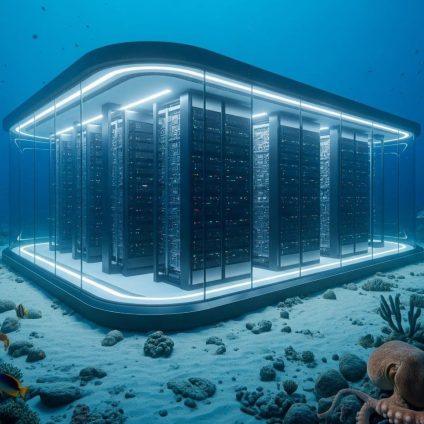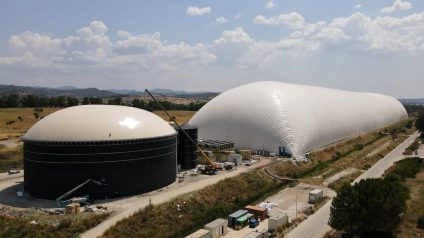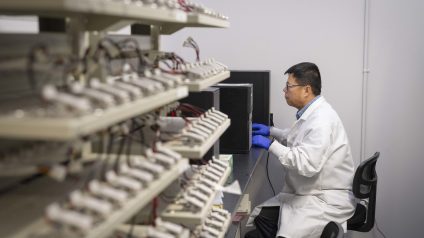The project, launched in the coastal waters of Shanghai, will begin with a 2.3 MW demonstration phase, followed by a second phase that will scale capacity up to 24 MW, also integrating wind energy.

Wind and water power China’s first undersea data center
The global IT industry is taking a major step toward lower energy consumption. In Shanghai, Chinese authorities and Hicloud Technology have signed an agreement to build the Shanghai Lingang UDC, the first commercial undersea data center. This facility will eventually reach a power capacity of 24 MW and reduce energy demand by 30–40% compared to traditional data centers, thanks to natural seawater cooling.
While not entirely new (Microsoft tested the waters with its 2018 “Project Natick”, an underwater data center off the coast of Scotland housing 864 servers) China’s plan is on a whole different scale. The Lingang UDC is a fully commercial venture. Developed in two phases, it will start with 2.3 MW and scale up to 24 MW in the coming years.
The rising energy demand of data centers
The surge in digital services is fueling a global increase in data consumption. Since 2010, the number of internet users has more than doubled, while global web traffic has grown 20-fold. This exponential rise is placing unprecedented pressure on data centers and transmission networks. Although efficiency gains have helped curb some of the energy growth in IT, the outlook remains steeply upward.
According to the International Energy Agency (IEA), global electricity demand from data centers will more than double by 2030, reaching around 945 TWh, a figure slightly higher than Japan’s current total electricity use. The main driver? Artificial intelligence, whose energy consumption is projected to quadruple by the end of the decade.
Renewables and next-gen cooling technologies
To minimize their carbon footprint and hedge against energy price volatility, tech giants have long been investing in clean energy. Major data center operators are now turning to long-term power purchase agreements (PPAs), often virtual, to secure access to renewable electricity. Amazon, Microsoft, Meta, and Google are currently the largest corporate PPA buyers.
But energy purchases alone aren’t enough. Efficiency improvements, both hardware and software, are critical, as are innovative cooling systems and heat reuse strategies. Furthermore, the rapid buildout of new data centers poses an added challenge to local power grids, which often can’t expand or upgrade fast enough to keep up.
Offshore wind powers China’s green data infrastructure
China’s new undersea data center aims to address these challenges head-on. By using seawater for natural cooling, though long-term ecological impacts remain under review, the facility could cut refrigeration-related energy use by 40–50%.
The initial 2.3 MW phase has been designated by China’s National Development and Reform Commission as a national model for low-carbon innovation and is expected to launch in September. The second phase will raise total capacity to 24 MW, targeting a power usage effectiveness (PUE) below 1.15 and sourcing over 90% of its electricity from offshore wind farms.
Local authorities report the data center will support artificial intelligence, 5G, industrial Internet of Things (IoT) applications, and cross-border e-commerce platforms.












